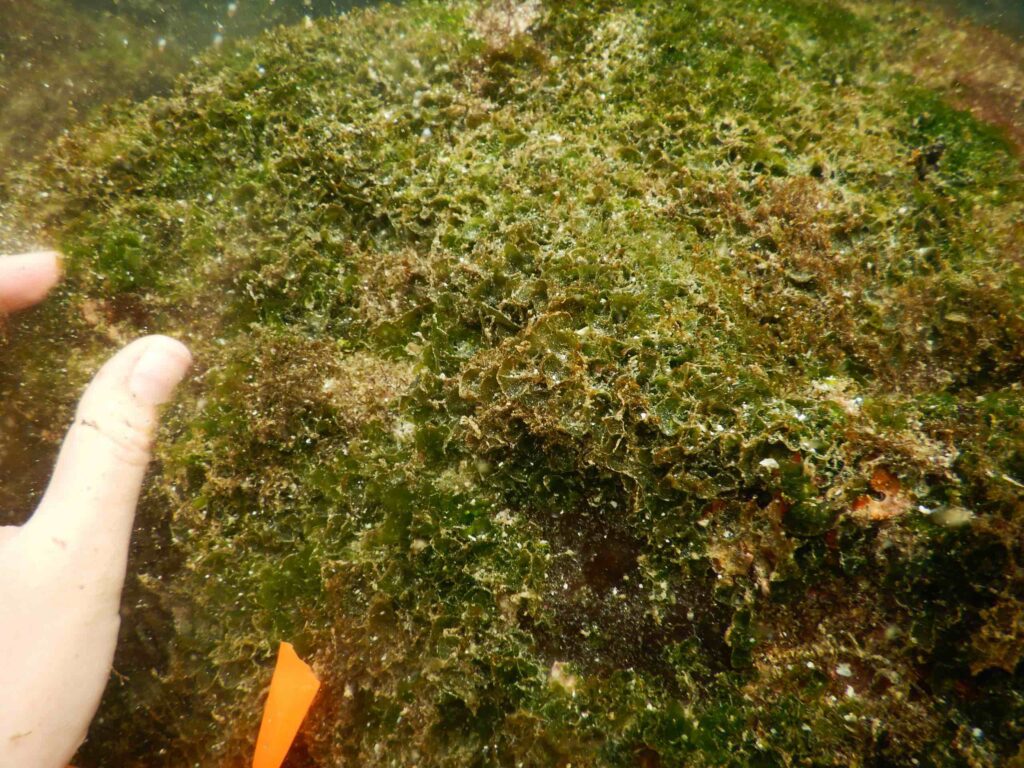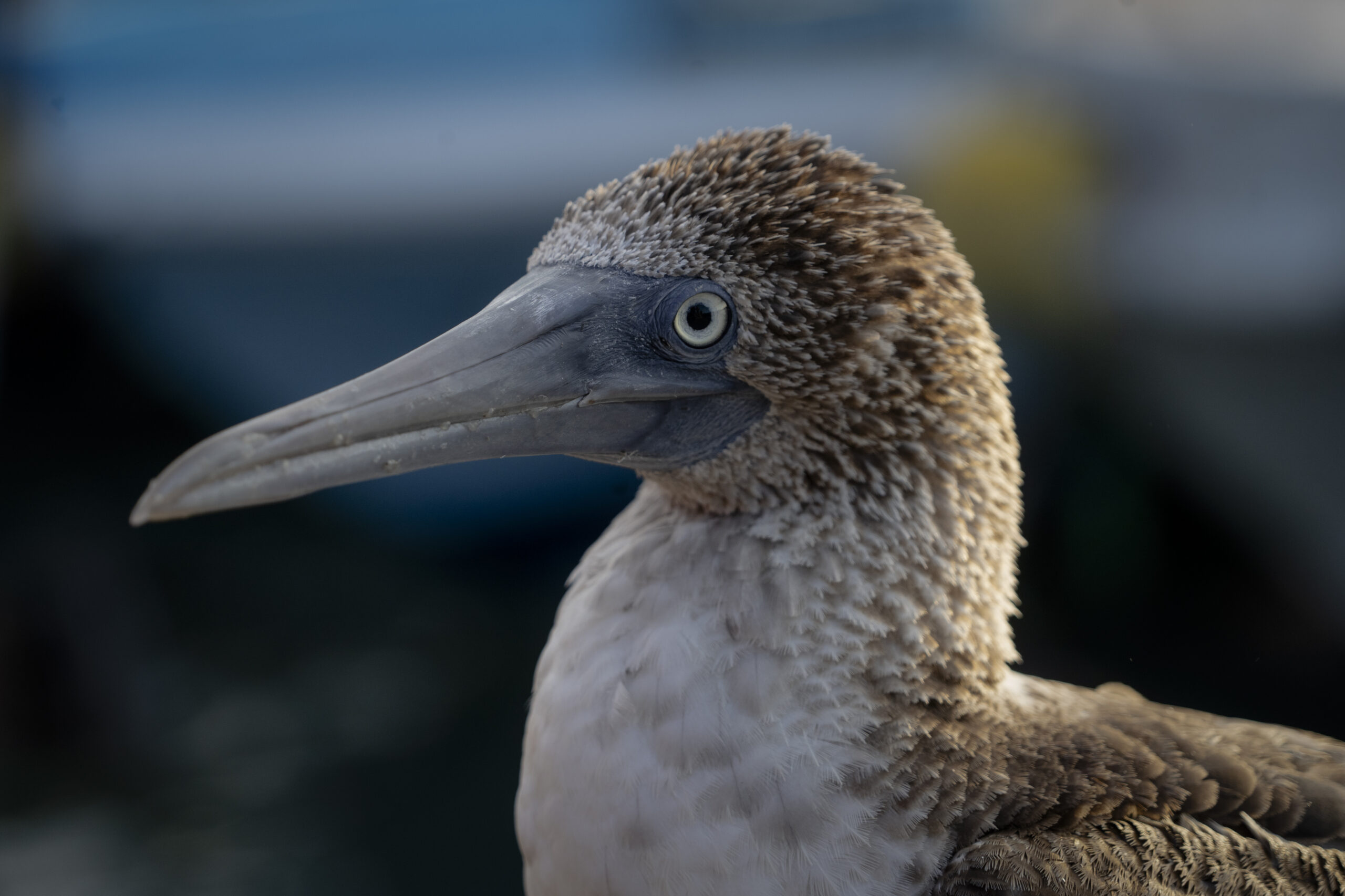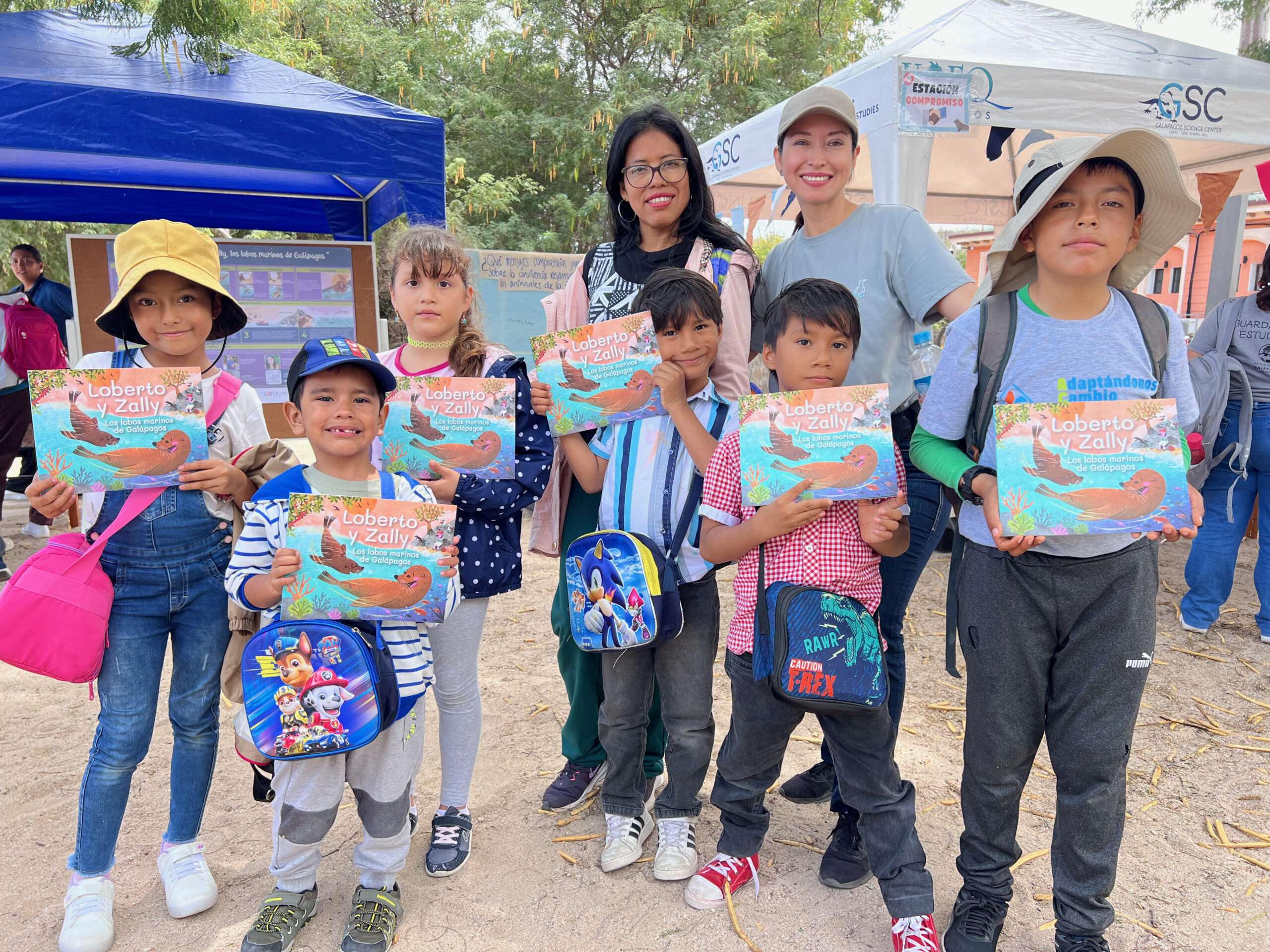Resumen
Se obtuvieron secuencias de ADN de 32 especímenes de Ulva formadoras de láminas recolectadas en 2018 y 2019 de cuatro islas en el Archipiélago de Galápagos: Fernandina, Floreana, Isabela y San Cristóbal. Los loci secuenciados fueron el ITS codificado nuclearmente y los genes rbcL y tufA codificados en el plastidio, todos reconocidos como marcadores de código de barras para algas verdes. Se encontraron cuatro especies, Ulva adhaerens, U. lactuca, U. ohnoi y U. tanneri, todas las cuales han tenido sus especímenes tipo secuenciados, asegurando la correcta aplicación de estos nombres. Solo una de estas, U. lactuca, fue reportada históricamente en el archipiélago. Ulva adhaerens fue la especie más comúnmente recolectada y ampliamente distribuida, ocurriendo en las cuatro islas. Anteriormente conocida solo en Japón y Corea, este es el primer informe de U. adhaerens en el sureste del Océano Pacífico. Ulva ohnoi fue recolectada en tres islas, Isabela, Floreana y San Cristóbal, y U. lactuca solo en las dos últimas. Ulva tanneri es una especie diminuta de alta marea, de 1–2 cm de altura, que es fácil pasar por alto, pero probablemente mucho más común que el único espécimen recolectado. Este estudio de especies de Ulva formadoras de láminas confirma que se necesita un esfuerzo concertado, utilizando la secuenciación de ADN, para documentar la flora de algas marinas del Archipiélago de Galápagos.
Conoce más del artículo científico en el siguiente enlace: https://doi.org/10.1515/bot-2023-0079






